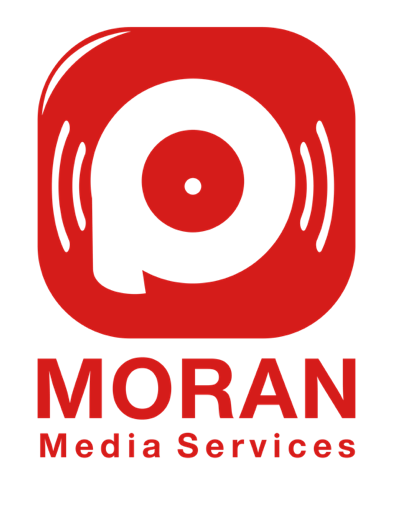How to Create a Well-Planned Board Meeting Agenda
The agenda for your board meetings determines the tone and structure for your board meetings. A well-planned agenda for your meetings will aid you in avoiding common pitfalls which can result in poor decision-making and hinder productivity.
The first item on the agenda of a meeting of the board should be “Calling to Order and time”. The chairperson will call the board to bring the meeting to order and introduce new members, or make other opening remarks. This is also the time to discuss any modifications to the agenda as well as to approve previous minutes.
Every item on the agenda of a board meeting should include an outline of what will be discussed during the discussion, as well as an outline of any supporting information. By providing this information ahead of time, you can save time during the meeting and ensures everyone is able to access essential background information. It also keeps discussions data management focused and productive.
Prioritize the agenda items for your board in accordance with their importance, urgency and alignment with your strategy goals. This will help you save time by not wasting it on items that are not important or have little impact. If you have too many agenda items to be covered in one meeting, you might consider scheduling follow-up sessions or transferring them to specialized committees to allow for more detailed exploration.
The last thing to do is set realistic timeframes for every item on the agenda. This will stop discussions from running over the time limit and allow you to adjourn your meeting on time. These timeframes should be used as guidelines. It is okay to adjust them if you need to during the meeting. For instance, if you suspect that your group tends to ask a lot of questions about one particular subject, you may be able to give it more time next time.
